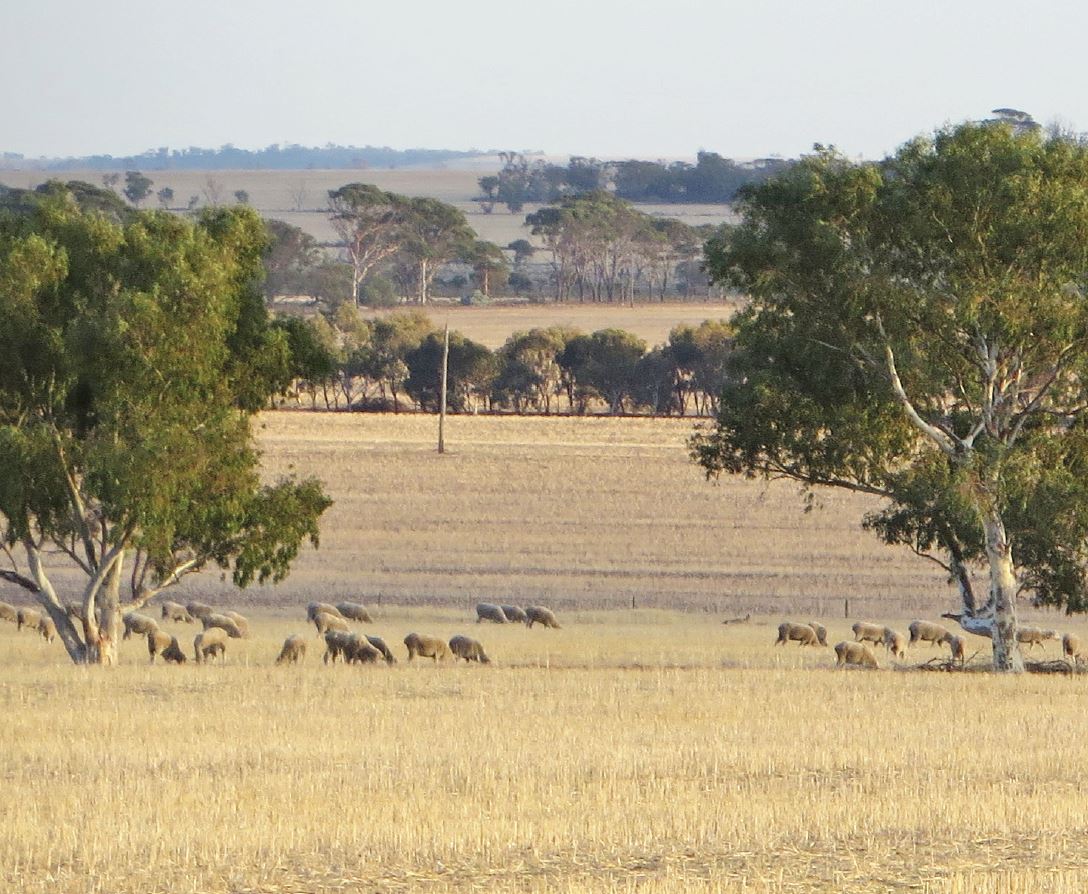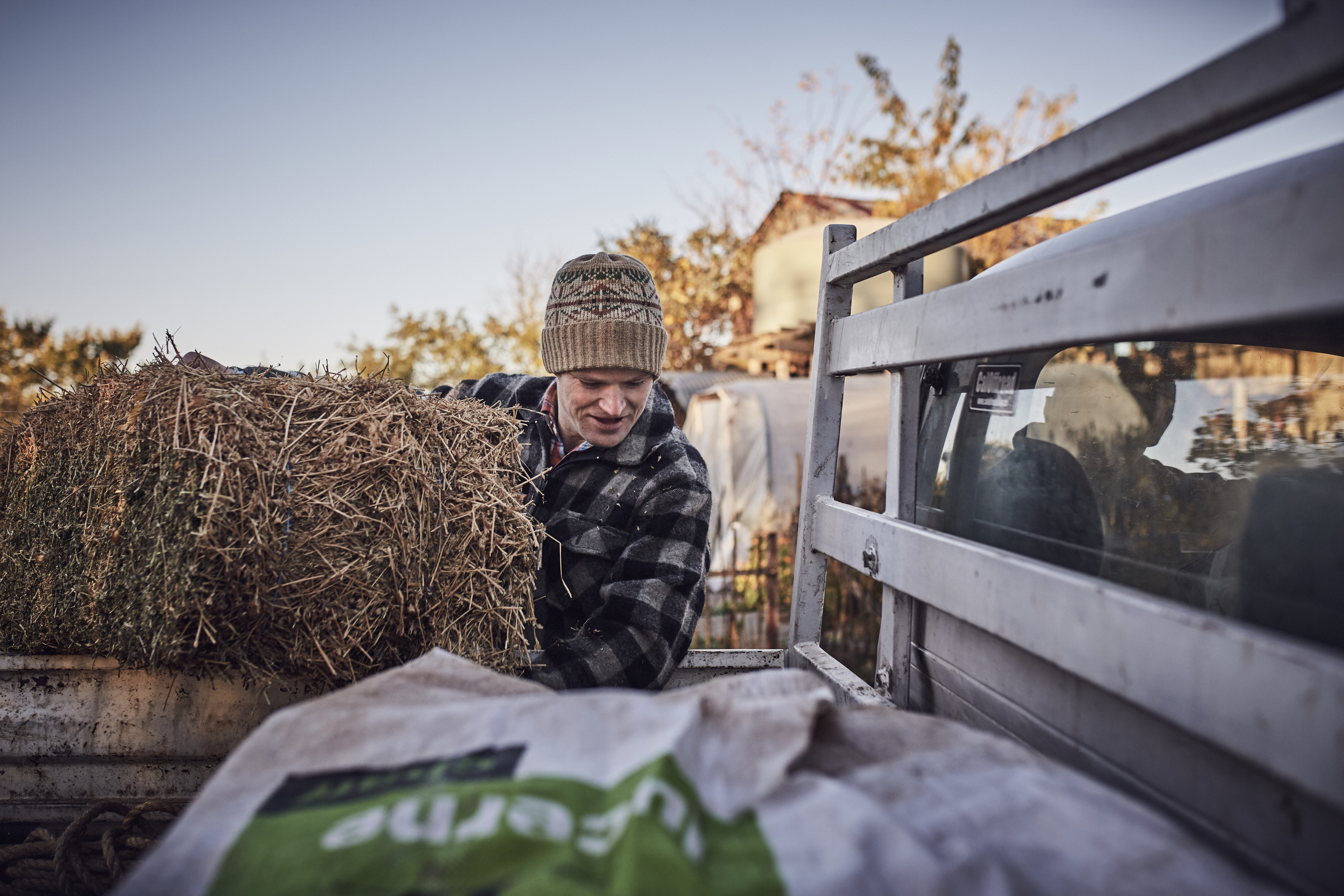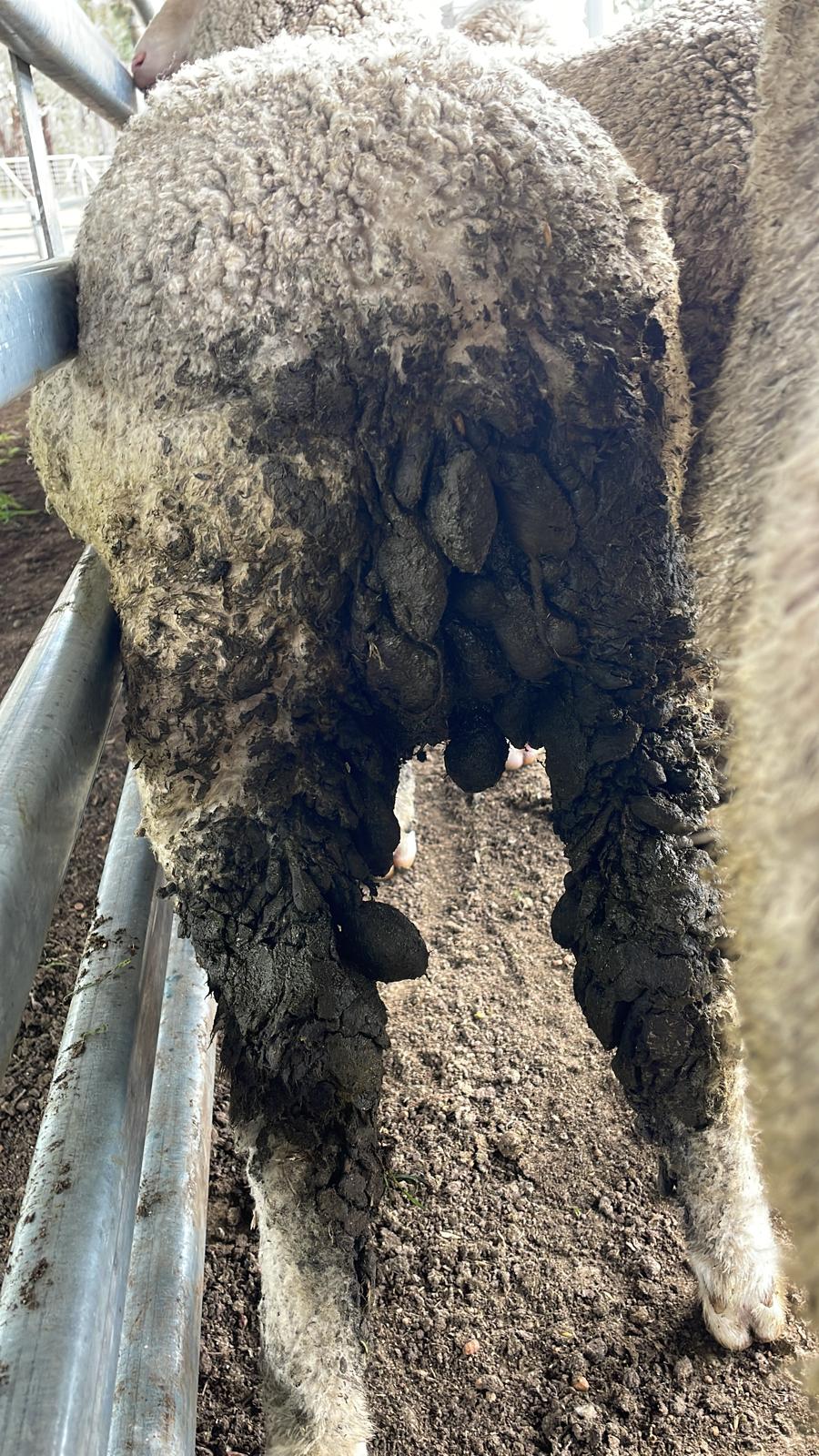Welcome to Australian Wool Innovation, a hub for the woolgrowers of Australia.
Not a woolgrower? Looking for information about wool products, wool care or wool processing?
The Woolmark Company is the global authority on wool. Visit Woolmark.com instead.
Sheep nutrition over summer and autumn
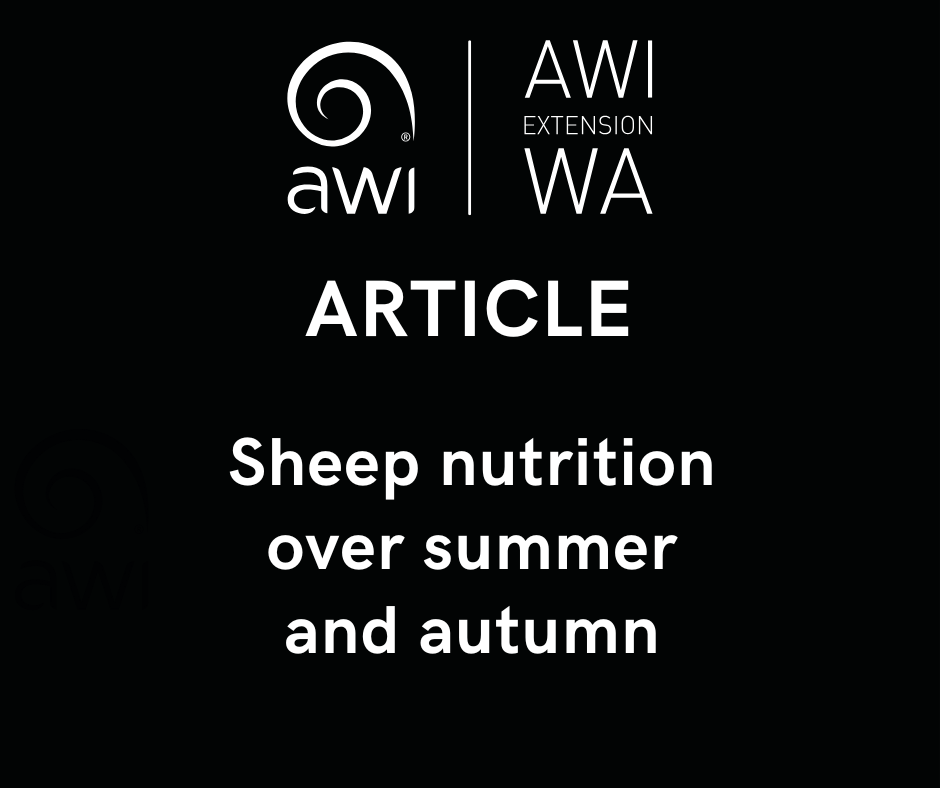
Dry pastures and stubbles lack energy and protein and hence supplementary feeding is a large component of sheep diets later in summer and autumn. In addition, some vitamins and minerals may be lacking during the dry period. In this article, we cover some of the key nutritional supplements that may be required and animal health issues to keep an eye out for over summer and autumn
Articles That Might Interest You
Optimising management of grazing stubbles
Crop stubbles can be a handy feed source over summer, but their quality declines quickly once the grain is eaten. Planning ahead is key to getting the best out of them. The new Grazing Modern Stubbles guide, developed by AWI, MLA and CSIRO, offers practical strategies on nutrition, prioritising stubbles for different classes of stock, the role of supplementary feeding and how to manage animal health risks. This article highlights the key takeaways to help you keep your flock in good condition this summer.
Read more
Optimising productivity and profitability with feed tests
Conducting feed tests is an important strategy for meeting your sheep's nutritional needs in the most cost-effective way. This article outlines how feed testing can help optimise productivity and profitability by identifying the true value of different feed sources.
Read more
Tackling dag
Dags can be costly for sheep enterprises due to the need for crutching, reduced wool value and treatment costs. The accumulation of dag is also the greatest risk factor for breech strike. This article dives into how to deal with dag, including how to breed for reduced dag.
Read more




